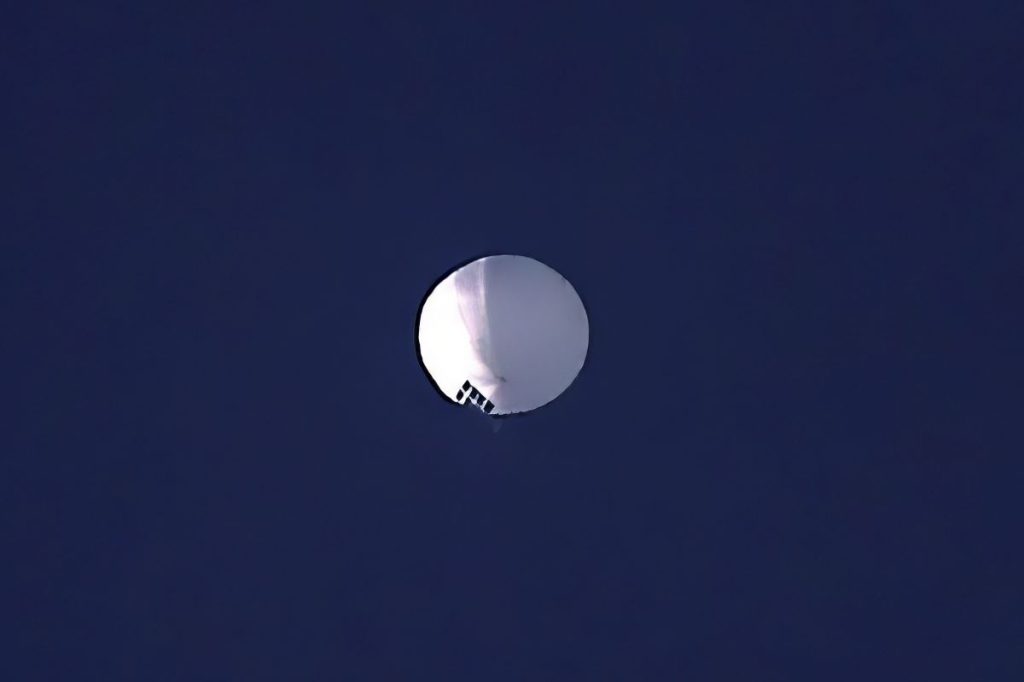Grizzlies Off the List? State Efforts to Remove Federal Protections Moving Forward
Written by Andrew-Rossi on February 3, 2023
Grizzlies could lose their protected status as the U.S. Fish and Wildlife Service is examining the merits of three petitions requesting the bears be removed from the Endangered Species List.
The U.S. Fish and Wildlife Service issued a finding stating that removing federal protections from grizzly bear populations in the Greater Yellowstone and Northern Continental Divide ecosystems “may be warranted.” Removing Endangered Species Act safeguards could pave the way for the trophy hunting of grizzly bears in parts of Montana, Idaho, and Wyoming.
“It’s disheartening that the federal government may strip protections from these treasured animals to appease trophy hunters and the livestock industry,” said Andrea Zaccardi, legal director of the Center for Biological Diversity’s carnivore conservation program. “After approving the all-out slaughter of wolves, Montana officials have proven they can’t be trusted to make science-based wildlife decisions. Our nation’s beloved grizzlies deserve better.”
Today’s finding advances petitions from Montana and Wyoming to remove protections for “distinct population segments” in the Northern Continental Divide and Greater Yellowstone ecosystems. The Northern Continental Divide ecosystem population occurs in and around Glacier National Park in Montana. The Greater Yellowstone ecosystem population occurs in Montana, Idaho, and Wyoming.

Female Grizzly Eating Grass
The federal agency warned that “the impact of recently enacted state statutes affecting these two grizzly bear populations is of concern and will require careful consideration.”
For grizzlies in both areas, the Fish and Wildlife Service found that bear population numbers have “improved.” Montana passed new anti-predator legislation and regulations that imperil grizzly bears, wolves, and other wildlife.
One new law allows for the nearly unregulated killing of grizzly bears “threatening” livestock, with no definition of what constitutes such behavior. Other new laws allowing the hound hunting of black bears and baiting and snaring of wolves also endanger grizzly bears and other nontarget wildlife.
Removing federal protections would allow states to greenlight trophy hunting of grizzly bears. For example, when grizzly bears in Greater Yellowstone briefly lost federal protections in 2017, Wyoming immediately approved an extremely aggressive hunting season. And the Montana Fish and Wildlife Commission recently adopted regulations making it legal to hunt grizzly bears in the Northern Continental Divide if they are delisted, and certain population targets and mortality thresholds are met.
“Grizzly bears have come back from the brink since receiving federal protection in 1975, but the recovery of these imperiled bears still has a long way to go,” said Zaccardi. “Rushing the removal of federal safeguards threatens to undo decades of work to recover these bears.”
The Fish and Wildlife Service will now begin a status review of these grizzly bear populations to determine whether the removal of federal protections is warranted. The Service requests that the public submit comments during the review.
A third petition, filed by Idaho, sought to delist grizzly bears across the lower 48 states. The Fish and Wildlife Service today denied that petition. Grizzlies currently occupy approximately 6% of their historic range in the lower 48 states.

